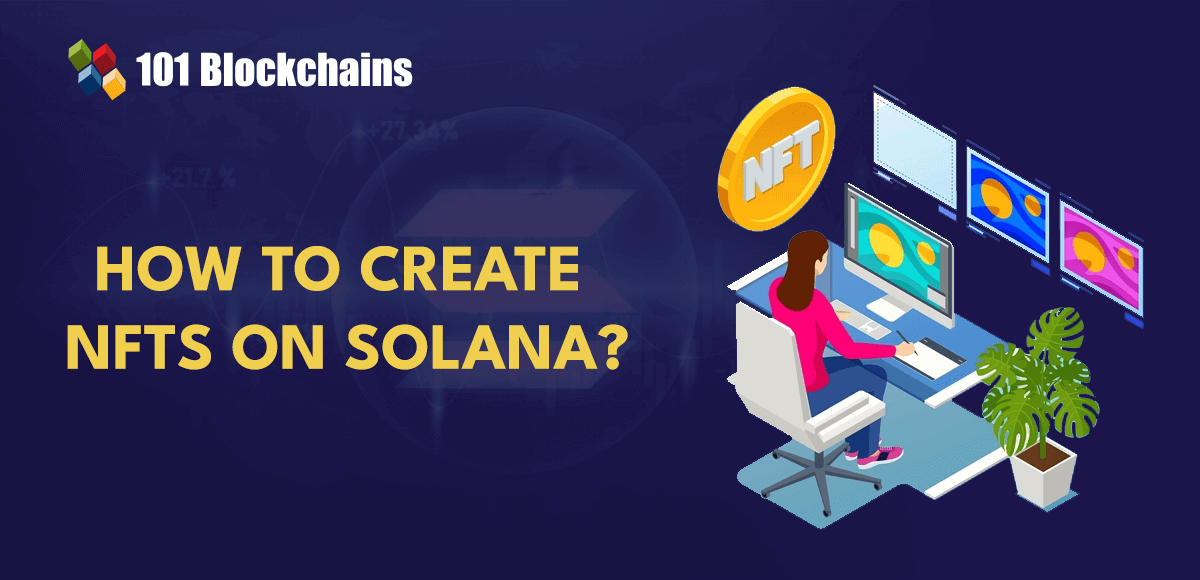Smart contracts are a crucial component of the blockchain landscape and play a vital role in dApps and web3 solutions. However, the concept of upgradeable smart contracts raises questions about the immutability of smart contracts, which is one of their key value propositions. It’s important to understand that immutability also comes with limitations. Immutability is necessary for achieving decentralization and security of smart contracts, but it can make it difficult to modify contracts after deployment. Upgradeable smart contracts offer a solution by leveraging proxy patterns to modify contract functionality. Interestingly, upgradeable smart contracts also help maintain decentralization and security. In this article, we will explore the concept of upgradeable smart contracts, how they work, their use cases, and their limitations.
The need for upgrades in smart contracts arises when the parties involved in a contract want to change the terms of the agreement or fix bugs in the code. Upgrades can also help add new features or adapt to new market models and trends. Without upgradeable smart contracts, deploying a new version of the contract and updating all other contracts that interacted with the old contract would be a time-consuming and costly process. Upgradeable smart contracts simplify this process and make it easier to manage.
Upgradeable smart contracts address the limitations of immutability by allowing for security updates and the addition of new features without migrating all activities to a new smart contract. One approach to achieving upgradeability without state migrations is the data separation pattern, where a smart contract is divided into logic and storage contracts with separate functionalities. However, this pattern can create issues with constant calls between the logic and storage contracts. Upgradeable smart contracts rely on proxies, where a fixed proxy contract stores the system state and a modifiable logic address. Users interact with the proxy, which forwards calls to the business logic contract. This separation of concerns makes the upgrade process easier, as only the logic contract needs to be replaced.
The working mechanism of upgradeable smart contracts involves three main components: the Proxy contract, the Implementation contract, and the ProxyAdmin contract. The Proxy contract is the contract that users interact with directly, holding the contract state and forwarding transactions to the implementation contract. The Implementation contract provides the logic and data for the smart contract and can be interacted with through delegate calls from the Proxy contract. The ProxyAdmin contract links the Proxy and Implementation contracts and has authority over upgrading the Proxy contract.
There are several advantages to using upgradeable smart contracts. They allow for the modification of smart contracts after deployment, fixing vulnerabilities, adding new features, and adapting to changing trends without creating new contracts from scratch. Upgradeable smart contracts also save on gas fees and ensure data consistency during upgrades. They offer a more flexible and cost-effective approach to smart contract development.
Transparent proxies, delegate calls, and the Universal Upgrade Proxy Standard (UUPS) are important aspects of the dynamics of upgradeable smart contracts. Transparent proxies help manage upgradability and access control, while delegate calls delegate the execution of function calls to the implementation contract. UUPS is a cost-efficient approach that ensures upgradeability without defining storage in proxy contracts.
Diamonds are another mechanism in upgradeable smart contracts that introduce a cascade mechanism for directing function requests to corresponding implementation contracts through mapping systems. Diamonds can address some of the setbacks associated with the UUPS upgrade approach and provide features like external function execution, isolated initialization logic, and safeguards against external threats.
In conclusion, upgradeable smart contracts offer a way to modify smart contracts after deployment, addressing the limitations of immutability. They provide flexibility, cost-effectiveness, and security in smart contract development. Understanding the working mechanisms, use cases, and limitations of upgradeable smart contracts is crucial for developers in the blockchain landscape.
Source link






















